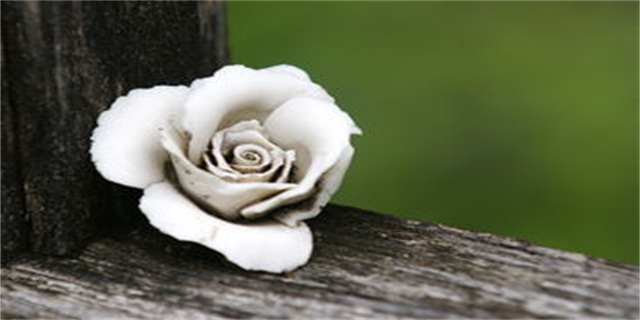Understanding Decay: A Closer Look at What it Means
Decay is a natural process that occurs in all living and non-living things. It refers to the gradual breakdown or deterioration of physical structures over time. In this article, we will explore the different types of decay, their causes, and their effects on different materials and systems.
Types of Decay
There are several types of decay that occur in different materials and systems. The most common types of decay are:

- Biological decay
- Chemical decay
- Physical decay
Biological Decay
Biological decay is the breakdown of organic matter by biological agents such as bacteria, fungi, and insects. The process of biological decay is essential for the natural recycling of nutrients and energy in ecosystems. However, if left unchecked, biological decay can cause significant damage to buildings, structures, and other materials.
Chemical Decay
Chemical decay is the breakdown of materials due to chemical reactions. This can occur through exposure to acids, bases, and other chemicals, as well as through oxidation and other chemical processes. Chemical decay can cause discoloration, weakening, and disintegration of materials, and can be particularly damaging to metal structures and artifacts.

Physical Decay
Physical decay is the breakdown of materials due to physical forces such as abrasion, erosion, and weathering. This can be caused by wind, water, ice, and other natural forces, as well as human activities such as heavy use, vibration, and impact. Physical decay can cause cracking, chipping, and other forms of damage to materials, and can be particularly damaging to fragile or brittle materials.
Causes of Decay
There are many different causes of decay, depending on the type of decay and the material or system involved. Some of the most common causes of decay are:
- Exposure to moisture and humidity
- Exposure to sunlight and UV radiation
- Exposure to heat and cold
- Exposure to chemicals and pollutants
- Biological activity
- Physical wear and tear
Effects of Decay
The effects of decay can be widespread and profound, affecting ecosystems, infrastructure, and cultural heritage. Some of the most significant effects of decay are:
- Reduced durability and lifespan of materials and structures
- Increased maintenance and repair costs
- Increased risk of structural failure and collapse
- Damage to environment and biodiversity
- Loss of cultural and historical artifacts and structures
In conclusion, decay is a natural process that can have significant effects on materials and systems over time. By understanding the different types, causes, and effects of decay, we can better manage and mitigate its impacts, preserving our natural and cultural heritage for future generations.









